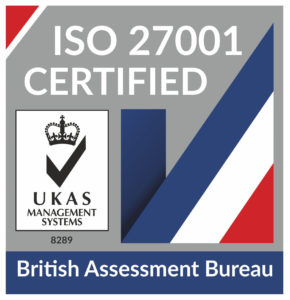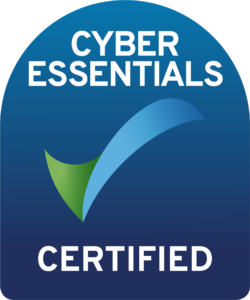
HaloITSM Guides
Documentation to assist with the setup and configuration of the HaloITSM platform
Halo Integrator
Overview
The Halo Integrator is a separate application that executes scheduled integration imports. As new integrations are developed for the Halo Web Application, they become available in the Halo Integrator. Halo provides hosting for hosted customers only.
The Halo Integrator Module
Access the Halo Integrator module via Configuration > Integrations > Halo Integrator. Here you can:
- Download the latest version
- Configure an agent profile for integration operations (an
API-onlyprofile is recommended) - Generate a client secret
- View enabled integrations
You can also monitor cloud hosted Halo Integrator logs in the backend service monitoring.
Setting Up an API-only Agent Profile
The Halo Integrator requires an Agent profile with Administrator access to execute synchronization processes. Create a dedicated "API-only" agent to ensure clear attribution of integration activities:
- Go to
Configuration > Teams & Agents > Agents - Click
New - Create a descriptive
Username - Assign an administrator-level role in
Roles(e.g., "HaloITSM Administrator") - Check
Is an API-only Agent - Click
Save
Note for Hosted Customers
For Halo Software Llc hosted customers:
- The client secret generated in
Configuration > Integrations > Halo Integratorusually connects your Halo-cloud-hosted integrator - If so, generating a new secret will disconnect the current integrator
- Contact Halo Support if you need to reconnect with a new secret
If you're using the web-hosted Halo Integrator, your setup is complete. For self-hosted installations, continue with the following instructions.
Hosting Your Own Halo Integrator (Halo DB integrator)
Organizations may need to host their own Halo Integrator in two scenarios:
- When hosting their own Halo Web Application
- When a hosted customer needs both:
- Cloud-hosted integrator (for web-accessible applications)
- Locally-hosted integrator (for locally-accessible applications)
For local hosting utilizing an API-application other than the default set in Configuration > Integrations > Halo Integrator, refer to the Creating a new application for API connections guide.
Installation Steps
- Download the Halo Integrator from
Configuration > Integrations > Halo Integrator - Extract the files to your chosen location
- Select and run either the standard or 64-bit executable
Configuring the Halo Integrator Windows Application
The Basic Configuration tab requires:
Halo URL: Your Agent URLClient ID: Default value or from separate Halo applicationClient Secret: From configuration or separate Halo application
Click Validate to test the connection, then Save to create appsettings.json.
Integrations Tab
Use the Integrations tab to select which integrations to sync. Note that integrations must be enabled both here and in Halo's configuration.
Processes Tab
The Processing tab manages integration runs. Click Start to process enabled integrations. Test manually before setting up recurring imports.
Setting Up a Recurring Sync
Create a scheduled task using Windows Task Scheduler:
- Open
Task Schedulerand clickCreate Task... - In
Generaltab:- Name your task
- Select
Run whether user is logged on or not
- In
Triggerstab:- Click
New... - Set schedule (typically daily, outside working hours)
- Click
- In
Actionstab:- Click
New... - Set
ActiontoStart a program - Set
Program/scriptto Halo Integrator path - Add
AUTOinAdd arguments - Set
Start into Integrator directory
- Click
Available Integrations
Compatible integrations include a Halo Integrator section in their configuration screen with standard options:
Last Sync: Most recent successful runLast Error: Most recent error (if any)- Integration-specific sync options
The above is taken from the new Azure Active Directory integration. The Last Sync and Last Error fields display the last successful run time of the corresponding integrations import, and the last error that occurred during that sync. In some integrations, you will also have the option to choose which imports are included when running the Halo Integrator, as shown above for Azure Active Directory.
When running a sync via the Halo Integrator, all active integrations that have been enabled will be included. You should therefore ensure that you only enable an integration for the Halo Integrator once you are happy with the configuration, to avoid any unsuspected outcomes. The entities to sync over can often be specified per integration.
Configuring Halo Integrator Agent Error Notifications
Released in Version: 2.100.1
Agents can receive notifications for Outgoing and Incoming Halo Integrator errors by using this setting located at Agent > Preferences > Notifications:
These email notifications will be sent from notifications@haloservicedesk.com
Popular Guides
- Asset Import - CSV/XLS/Spreadsheet Method
- Call Management in Halo
- Creating a New Application for API Connections
- Creating Agents and Editing Agent Details
- Departments and Teams
- Halo Integrator
- Importing Data
- Multiple New Portals with different branding for one customer [Hosted]
- NHServer Deprecation User Guide
- Organisation Basics
- Organising Teams of Agents
- Step-by-Step Configuration Walk Through



